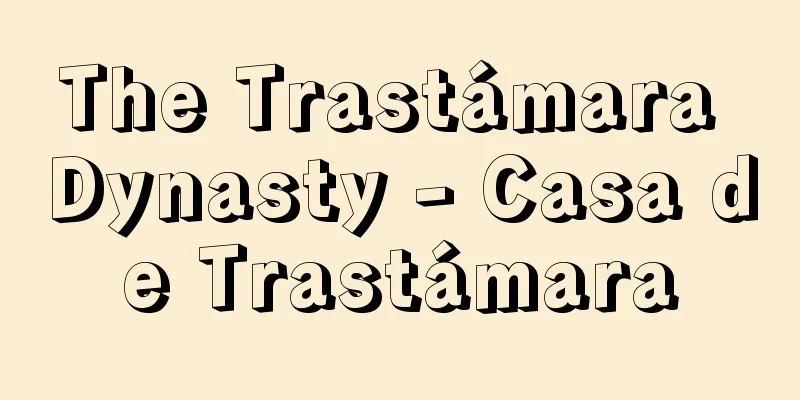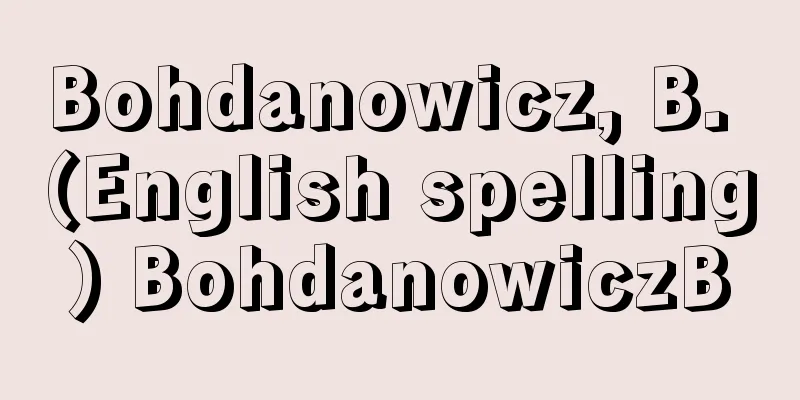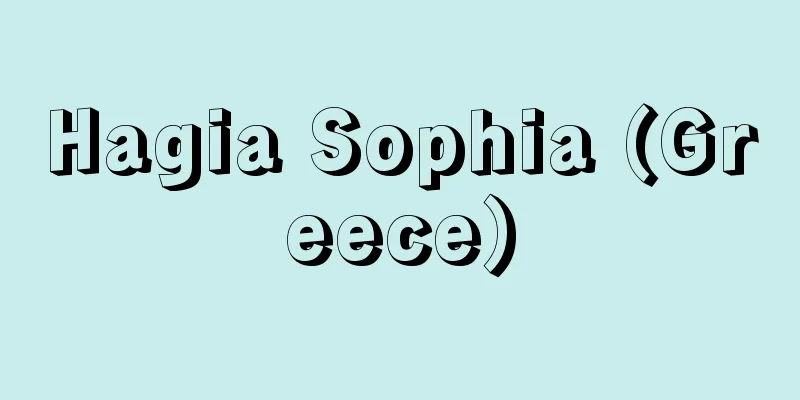Casals - Pablo Casals

|
Spanish cellist and conductor. He played a decisive role in the development and improvement of cello playing techniques, bringing about the rise of the cello world in the 20th century, while also unearthing J.S. Bach's long-forgotten Cello Suites and establishing them as the most important work for the instrument. Through these activities, he has made it clear that the cello is a string instrument comparable to the violin, making him the greatest contemporary cellist. Casals was born on December 29, 1876 in Vendrell, a town in the Catalonia region of Spain. He studied at both the Barcelona and Madrid Conservatories. After serving as a principal cellist in an orchestra, he began his international career as a cellist in 1998. In 1905, he formed the Casals Trio with pianist Cortot and violinist Thibaut, which continued to perform until 1933 and was recognized as the best piano trio of the 20th century. After establishing his reputation as a world-class cellist in the 2010s, he founded the Casals Orchestra in Barcelona in 1919 and began conducting, and thereafter began his international career as a conductor as well. During the Spanish Civil War in 1936, he left his homeland in opposition to fascism, moving to the poor village of Prado in France and then to Puerto Rico, never to set foot on his homeland again. He passed away on October 22, 1973 in San Juan, Puerto Rico, at the age of 96. In Prado and Puerto Rico, he organized music festivals and competitions, taught people the joy of music, and helped launch many musicians into the world. He came to Japan in 1986, but did not play the cello; he only conducted and gave public lessons. His integrity as a musician and as a person, and his adherence to his beliefs, shines through. [Hiroyuki Iwai] "Dialogues with Casals" edited by J.M. Corredor and translated by Yoshio Sato (1967, Hakusuisha) [References] |Source: Shogakukan Encyclopedia Nipponica About Encyclopedia Nipponica Information | Legend |
|
スペインのチェロ奏者、指揮者。チェロの演奏法の発展向上に決定的な役割を演じ、20世紀のチェロ界の隆盛をもたらす一方、長い間忘れられていたJ・S・バッハの『無伴奏チェロ組曲』を掘り起こして、この楽器のもっとも重要な作品として定着させ、こうした活動を通じて、チェロがバイオリンに匹敵する弦楽器であることを明らかにした現代チェロ界最大の巨匠である。 1876年12月29日、スペインのカタルーニャ地方の町ベンドレルに生まれる。バルセロナとマドリードの両音楽院で学ぶ。オーケストラの首席奏者を経て、98年からチェロ独奏者として国際的な活動を開始。1905年にピアノのコルトー、バイオリンのチボーと結成したカザルス三重奏団(カザルス・トリオ)は、33年まで公演を続け、20世紀最高のピアノ三重奏団との評価を得た。10年代に世界第一級のチェロ奏者との名声を確立すると、19年バルセロナにカザルス管弦楽団を創立、指揮にも手を染め、以後、指揮者としても国際的な活動を始める。36年のスペイン内戦ではファシズムに反対して祖国を去り、フランスの寒村プラド、ついでプエルト・リコに移り、二度と祖国の土を踏むことなく、73年10月22日、プエルト・リコのサン・フアンで96歳で永眠。プラドとプエルト・リコでは音楽祭やコンクールを主宰、人々に音楽する喜びを教え、また多くの音楽家を世に送り出すのに力を貸した。61年(昭和36)来日したが、チェロは演奏せず、指揮と公開レッスンだけを行った。音楽家としても人間としても信念を貫き通した高潔さが光輝を放っている。 [岩井宏之] 『J・M・コレドール編、佐藤良雄訳『カザルスとの対話』(1967・白水社)』 [参照項目] |出典 小学館 日本大百科全書(ニッポニカ)日本大百科全書(ニッポニカ)について 情報 | 凡例 |
Recommend
Two-liquid manometer
A type of liquid column manometer, this instrument...
Iris setosa (English spelling) Irissetosa
…[Tetsuichi Yahara]. … *Some of the terminology t...
elementary family
… [Junichiro Itani] [The human family] The smalle...
Noboru Umezawa
…Afterwards, swordplay troupes such as the Second...
MRA - Male and Female
Angiography using MRI (magnetic resonance imaging...
Lampropeltis triangulum (English name) Lampropeltistriangulum
...In areas where coral snakes live, there are sp...
Primitive reflex
Also called neonatal reflexes. A reflex is an unco...
Kazekusa - Wind
A perennial grass of the Poaceae family (APG clas...
Kawasaki Sadataka
Year of death: 6th June 1767 (1st July 1767) Year ...
Balewa, AT (English spelling) BalewaAT
In the Northern Province, the Hausa-led Northern ...
Remains of Oharida Palace - Oharida Palace Remains
... Bricks were introduced to Japan from Korea. A...
Internal gear - Uchihaguruma
A gear with inwardly facing teeth. It meshes with ...
Gas Chromatography Mass Spectrometry
...Ion-molecule reactions play an important role ...
Samurai - Buke
〘noun〙① A samurai family line. Military clan. Also...
Rain trout - Rain
A fish of the Salmonidae family, Osteichthyes, ge...









